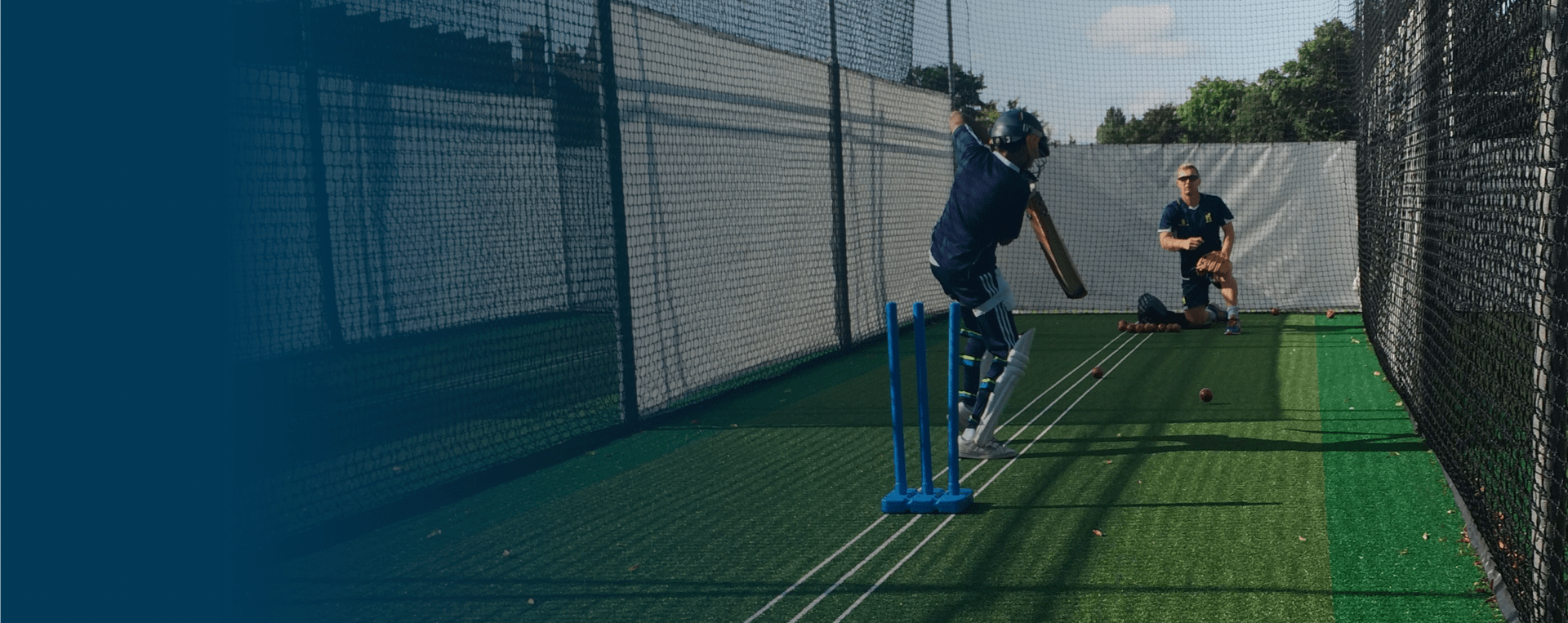
Over the past 50 years, synthetic turf has undergone rapid evolution from what was viewed as a ‘poor relation’ to traditional natural turf sports pitches to high-performance playing surfaces that are used at every level of sport; from grass roots to professional. Indeed, many synthetic surfaces are now recognised by governing bodies for sport as being suitable for competitive play; whereas once they were only deemed fit for practice.
This is primarily down to huge investment by synthetic turf companies into the development of synthetic surfaces that mimic the performance qualities of the ideal natural turf surface for a given sport – be it football, rugby, cricket, hockey, athletics, tennis or basketball. This has led to the development of new materials and methods of construction that are continually being refined and updated – so much so that modern day state-of-the-art synthetic surfaces bear little resemblance to the early contenders that debuted in the 1960s.
Synthetic turf manufacturers now offer a huge range of different synthetic turf solutions; from different types of carpeting – woven and tufted being the most commonly used – to different base constructions. These include water-based, sand dressed, sand filled and hybrid with different options offering performance qualities that particularly favour specific sports. For example, in cricket, a dynamic base construction that offers good pace and bounce forms the foundation of total-play’s tp365 and tp5t designs; both of which are England & Wales Cricket Board approved non-turf systems.
When it comes down to synthetic turf cost, as with almost everything, you get what you pay for. Synthetic turf companies offer different solutions to meet different budgets but, generally, the most advanced systems come in at a higher price. It’s also worth noting that there’s no such thing as a ‘one size fits all’ solution when it comes to how to install synthetic turf. While the synthetic turf system recommended may be common to the sport it is designed for, the cost of the project will depend very much on the overall work involved – including site preparation, ground works, materials and the client’s desired specification. Costs can vary from a few hundred pounds for covering a domestic back garden in synthetic turf for cosmetic purposes to tens of thousands of pounds for high-performance facilities designed for use by professional athletes.
One of the most attractive benefits of synthetic turf is the fact that, compared to natural turf, it is very low maintenance. There’s no mowing, fertilizing, rolling or scarifying to carry out. However, low maintenance does not mean ‘no maintenance’ and synthetic turf surfaces require different levels of attention depending on the type of synthetic turf surface used, its construction and the sport it is used for. Most synthetic turf companies will issue maintenance guidelines for their synthetic turf installations, and many synthetic turf designs come with guarantees and warranties either for the entire system or its various components.
Whatever the sport, synthetic surfaces offer a durable, low maintenance and versatile facility that many sports clubs, schools and other organisations are seeing fit to invest in.




